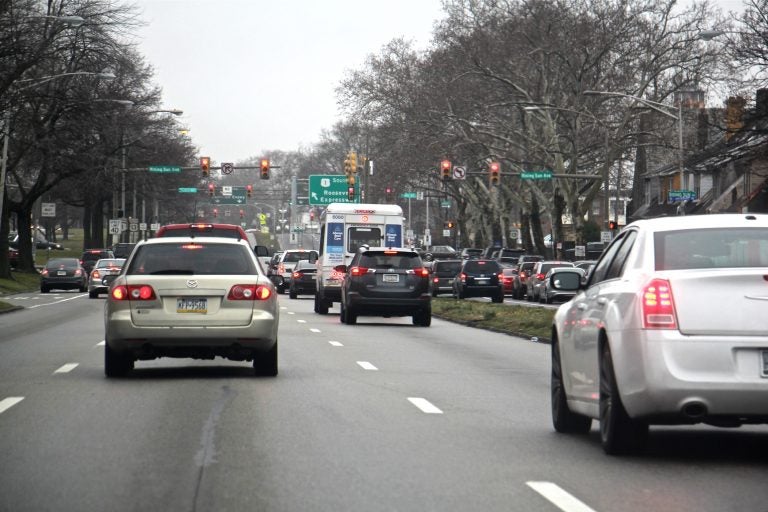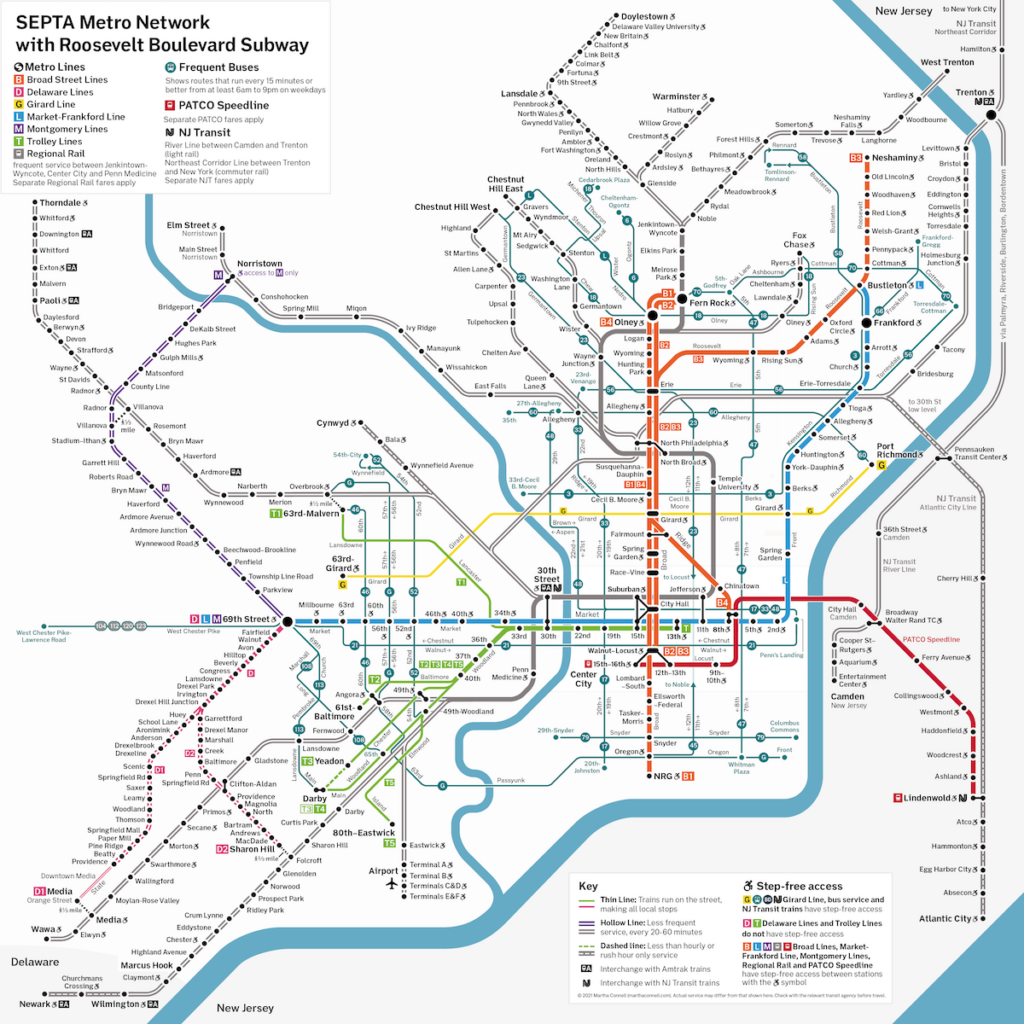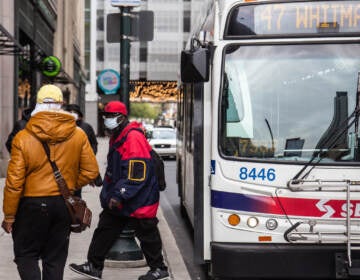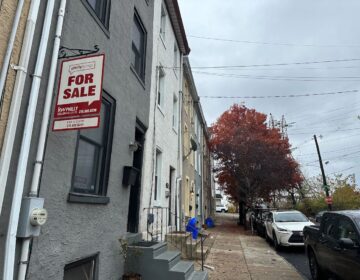A Roosevelt Blvd. subway is not guaranteed, but community input could help
One year ago, the Roosevelt Boulevard subway was a distant dream. Now, a study is underway and enthusiasm is high, writes Jay Arzu.

Traffic heads south on Roosevelt Boulevard near Rising Sun Avenue. (Emma Lee/WHYY)
It’s been 110 years since the Roosevelt Boulevard subway was first proposed and April will make 50 years since a subway extension was built in Philadelphia. Despite what SEPTA General Manager Leslie Richards said about the proposed subway’s potential costs and “the math” not working, the second phase of PennDot’s Roosevelt Boulevard Route for Change Program is underway and will study a subway alternative alongside Bus Rapid Transit and Light Rail Transit.
Enthusiasm for the project is only growing both at the local level and amongst our mayoral candidates. Thus far, candidates Maria Quiñones Sánchez, Allan Domb and Rebecca Rhynhart have all shared their support for building the subway. One year ago, the Roosevelt Boulevard subway was a distant dream for Philadelphia and today, the project has become a significant campaign issue being debated by our candidates.
The second phase of the Route for Change program began in January and will take 18 months to conclude with choosing the Locally Preferred Alternative (LPA) in the summer of 2024. Citizens sent 140 comments to the Delaware Valley Regional Planning Commission (DVRPC) board because they were initially concerned that the proposed program didn’t include the subway alternative. Many didn’t know at the time that the DVRPC board was voting on the third phase of the Route for Change program, which would prepare a financial plan and economic analysis to deliver the LPA from the second phase. If all goes well, we could break ground on the Roosevelt Boulevard subway in the summer of 2026, just in time for the United States Semiquincentennial celebrations in Philadelphia.
The subway being chosen as the LPA is no guarantee, but with the support of the community and elected officials, it is more likely.
The study, once completed, will give us crucial data to decide how to move forward. We will have updated ridership forecasts, a better understanding of the economic development potential, including how many jobs building the subway would create, potential land uses and how the region could pay for the subway.

The other alternatives would not offer a one-seat ride to Center City and would not do enough to connect the region and spur economic growth. Light Rail would struggle with the complex intersections and congestion on the boulevard and would still require a transfer to the Market-Frankford line or Broad Street line. Bus Rapid Transit would not have the capacity to carry the numbers of riders projected for the corridor and would take away the opportunity to develop the median of the boulevard into a linear park.
The answer is clear: A subway is needed on Roosevelt Boulevard and would be the catalyst for transforming the boulevard of death into the boulevard of life.
With thousands of cars off the road, the boulevard could be converted into a linear park with art, improved public spaces and protected bike lanes. The benefits of a subway LPA aren’t just for Philadelphia — lower Bucks County would see massive transit-oriented development at Old Lincoln Highway and Neshaminy Mall. With innovative subway stations and new economic development, Bensalem could develop into an elite edge city like Tyson’s Corner is for Washington, D.C.
Philadelphians for ages have lamented the fact that the subway system is small for a city of its size, but with the potential success of the Roosevelt Boulevard subway, we could build a complete metro system that could include a subway to Roxborough in Northwest Philadelphia. The Henry Avenue Bridge was constructed with a tunnel underneath its deck for this exact purpose. We could extend PATCO to University City and help decongest the area around the Children’s Hospital and the Hospital of the University of Pennsylvania. We could extend the Broad Street subway to the Navy Yard, connecting our community to one of the region’s largest job centers, with an estimated 13,000 projected jobs by 2040.
Building the Roosevelt Boulevard subway is not a one-off. It’s the beginning of a new inclusive vision for Philadelphia — creating an economically robust Philadelphia, a city unafraid to compete with New York and Boston for business and foreign direct investment. This all begins with Philadelphians coming together to support the subway alternative in the Route for Change program.
When public comment and meetings commence, we will need all your energy and enthusiasm. Let’s make history in 2026 and build the Roosevelt Boulevard subway.
Jay Arzu is a doctoral student of City and Regional Planning at the University of Pennsylvania Stuart Weitzman School of Design.

Subscribe to PlanPhilly
WHYY is your source for fact-based, in-depth journalism and information. As a nonprofit organization, we rely on financial support from readers like you. Please give today.









